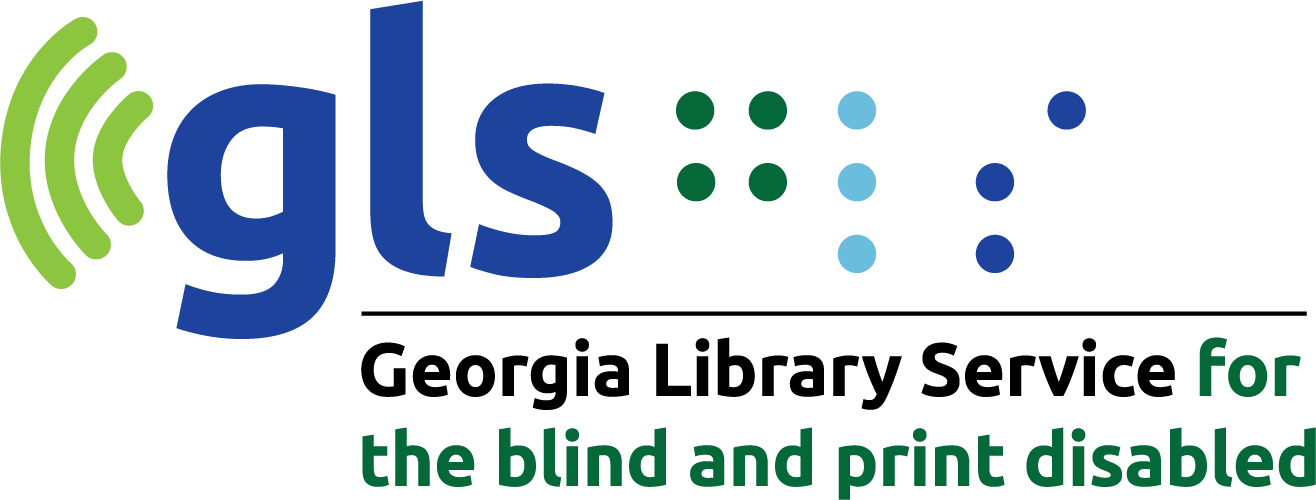EVENTS
TAKEOVER PROMO
TUNE IN
Join us for Read Across America Day 2021. Say Happy Birthday to Dr. Seuss with Fulton County Library staff and even a few special guest readers! The Dr. Seuss Library Takeover Day will begin at 8 a.m. with storytimes every 20 minutes until 8 p.m. Come one, come all, join us for the fun y’all!
8:00 AM - Did I Ever Tell You How Lucky You Are
8:15 AM - I Am Not Going to Get up Today!
8:45 AM - Great Day for up/Sam I Am
9:00 AM - Oh Say Can You Say?
9:15 AM - One Fish, Two Fish, Red Fish
9:30 AM - In a People House
9:45 AM - King Louie Katz
10:00 AM - ABCs
10:15 AM - 123s
10:30 AM - How the Grinch Stole Christmas
10:45 AM - Bulgarian Inspired Dr Seuss, An Elephant with a Balloon
11:00 AM - Oh The Places You'll Go - Commissioner Bob Ellis
11:15 AM - Mr Brown Can Moo! Can You?
11:30 AM - The Sneetches
11:45 AM - Apples on Top and The Tooth Book
12:00 PM - Green Eggs and Ham
12:15 PM - Happy Birthday to You!
12:30 PM - The Foot Book
12:45 PM - Hop on Pop
1:00 PM - Hooray for Diffendoofer Day!
1:15 PM - I Can Lick 30 Tigers Today
1:30 PM - What Pet Should I Get?
1:45 PM - Yertle the Turtle and Other Stories
2:00 PM - Oh, the Places You'll Go - Commissioner Khadijah Abdur-Rahman
2:15 PM - I Can Read with My Eyes Shut
2:45 PM - Thidwick, the Big-hearted Moose
3:00 PM - I Wish I Had Duck Feet
3:15 PM - Great Day for up
3:30 PM - You're Only Old Once & What Was I Scared Of?
3:45 PM - The Bippolo Seed and Other Lost Stories
4:00 PM - The Lorax - Ellen Baxter
4:15 PM - You're Only Old Once!
4:45 PM - Fox in Socks
5:00 PM - The Cat in the Hat
5:15 PM - There's a Wocket in My Pocket
5:30 PM - Horton Hears a Who!
6:00 PM - Happy Birthday to You!















